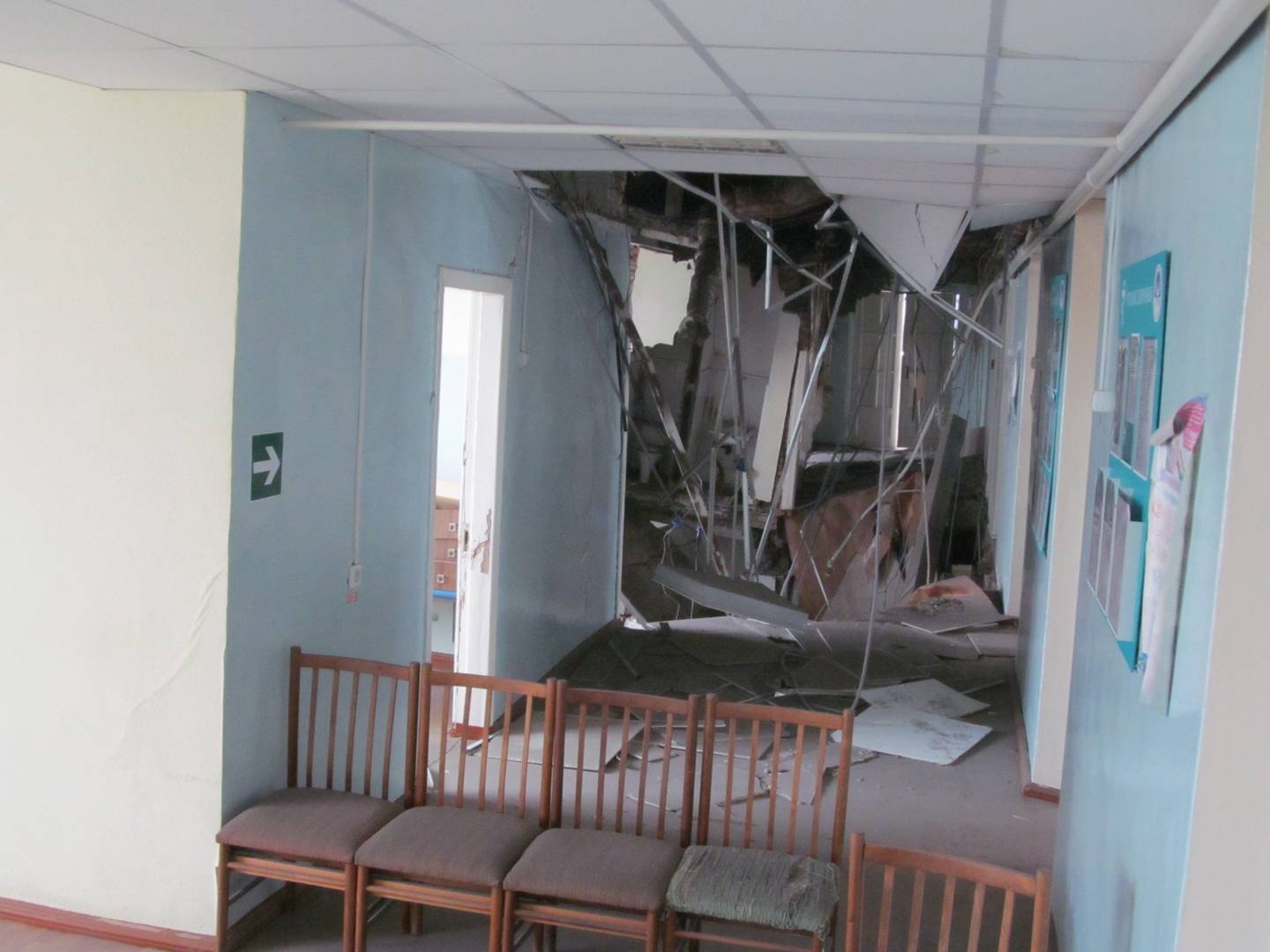
Employees of the Perm National Research Polytechnic University (PNIPU) conducted a study on the influence of various reinforcement methods on the strength of pile foundations and developed recommendations to prevent premature destruction of buildings and structures with such foundations, the university’s press service reported on August 26.
Pile foundations are widely used in the construction of high-rise or highly loaded buildings, as well as in the case of soft soils, in sloping areas, swamps, peatlands and also near rivers that often overflow their banks.
During long-term operation, the condition of the floor may deteriorate and it will no longer be able to withstand heavy loads. To strengthen the floor, the contour reinforcement method is used, in which the base is reinforced with additional elements.
The results of the study of reinforcement methods were presented by scientists from the Perm Polytechnic in an article published in the PNRPU journal “Construction and Geotechnics”, No. 2 for 2024.
The load-bearing capacity of pile foundations is determined by the diameter of the piles and their length, and the average service life ranges from 50 to 120 years. Over time, like any other foundation, they age and need to be strengthened, for which purpose boundary reinforcement is used.
It consists of introducing reinforced solid elements along the perimeter of the upper part of the foundation (grids). The material used for such elements is usually a mobile cement-sand mortar, which is pumped using simultaneous feeding technology through a group of injectors – tools that operate on the piston principle.
These injectors are placed along the contour of the foundation and create a vertically oriented body in the soil of conventional rectangular shape. It exerts additional compressive pressure on the soil, increasing the soil’s load-bearing capacity.
In their study, PNRPU scientists found out the influence of different methods of contour reinforcement on changes in the stress-strain state of the soil, which determines the durability and quality of construction. We then developed recommendations for relevant organizations on which methods are optimal in terms of soil strengthening and material costs.
The study was carried out using the example of foundations of standard-frame reinforced concrete buildings for agricultural and industrial use. The calculations successively took into account three stages of the loading history: from the soil’s own weight; after the construction of the foundation and reinforcing elements; after applying a load – the weight of the building itself and the installed equipment.
Using the program, the polytechnicians calculated the effectiveness of 16 reinforcement schemes: continuous contour reinforcement (a single wall along several piles) and intermittent (along each pile separately); along the entire perimeter or along two opposite sides of the top of the foundation, as well as at different depths.
Scientists from Perm Polytechnic University have found that the risk of piles shifting during operation decreases as the number of reinforced elements increases. Thus, continuous reinforcement of the contour along the entire perimeter of the grid to a depth from the base to the lower end of the piles reduces deformations by 9% relative to the value of the pile base settlement on a natural foundation. If reinforcement is performed at 1/6 of the total depth, settlement is reduced by 7%.
Professor of the Department of Construction Production and Geotechnics at the PNIPU, Andrei Ponomarev, explained that even minimal reinforcement improves the condition of a soil mass subjected to stress.
“Intermittent contour reinforcement is considered more effective in terms of reinforcement quality and material cost.“, the professor clarified. The settlement decreases by 3-6% depending on the number of layers of reinforced elements, which is considered a good indicator. At the same time, an increase in the number of elements does not always lead to a decrease in deformations, and the effectiveness of reinforcement may even decrease..
Researchers have found that it is best to perform reinforcement using the technology of simultaneous supply of solution in stages: over time, the number of reinforcement elements increases and their arrangement in the plane changes: from intermittent contour reinforcement along two opposite sides to continuous reinforcement along the entire perimeter.
The option of gradually increasing the depth of reinforcement while maintaining the number of reinforced elements in plan is adaptive, i.e. it requires an assessment of the need for subsequent work based on the results of monitoring the dynamics of deformation development during the process and after the completion of each stage.
The research results obtained by PNRPU scientists will help to increase the service life of critical structures and also reduce the risk of premature destruction of foundations, which will naturally lead to damage to the load-bearing walls of the building structure.
Source: Rossa Primavera
I am Michael Melvin, an experienced news writer with a passion for uncovering stories and bringing them to the public. I have been working in the news industry for over five years now, and my work has been published on multiple websites. As an author at 24 News Reporters, I cover world section of current events stories that are both informative and captivating to read.
